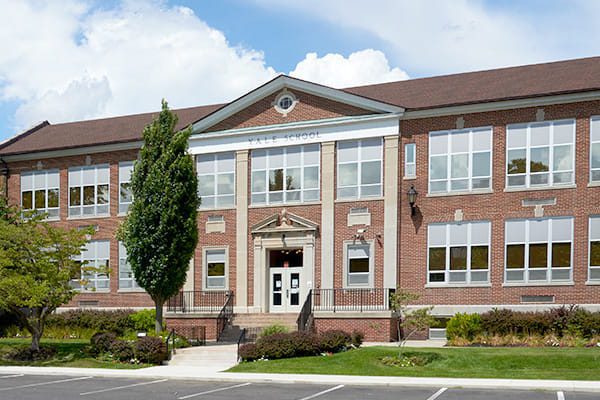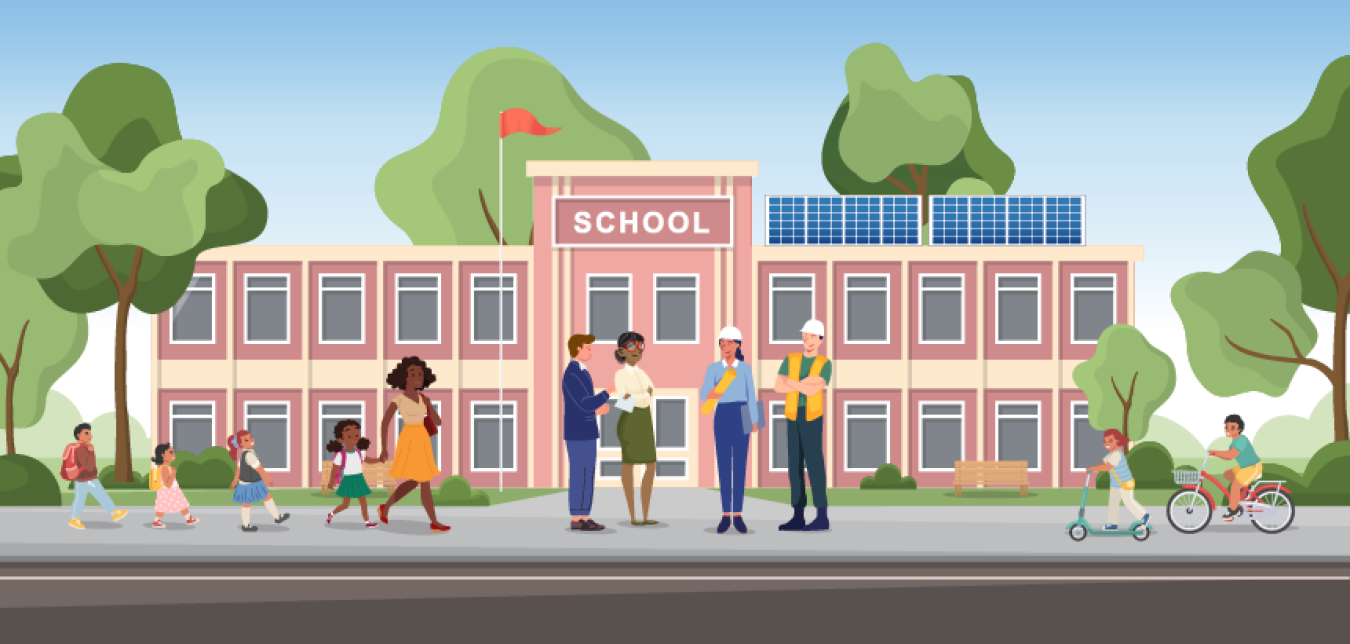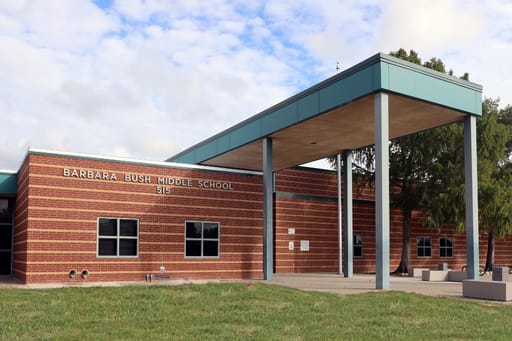Innovative Solutions to Save Temecula Schools from Budget Plan Cuts
Wiki Article
The Effect of College Environments on Academic Success and Personal Health
The design of educational spaces, including natural illumination and ergonomic furnishings, can enhance pupils' focus and convenience. Exactly how can schools tactically improve these aspects to better support their students?Physical Format and Layout
Just how does the physical design and layout of a school effect scholastic success? The arrangement and visual of a college environment can considerably affect trainees' knowing results. A properly designed institution format promotes simplicity of motion, reduces disturbances, and promotes a feeling of safety and security and belonging. As an example, broad corridors and plainly marked areas assist in smooth shifts between classes, decreasing lateness and disruption. In addition, strategically placed usual locations urge social interactions, which are essential for emotional and social development.All-natural illumination and reliable ventilation systems are critical in improving cognitive function and decreasing absence. Researches have actually shown that class with enough all-natural light enhance pupil concentration and reduce sensations of drowsiness. Additionally, ergonomic furniture customized to pupils' requirements can stop physical pain, permitting prolonged emphasis and interaction in academic activities.
Access to exterior rooms and cosmetically pleasing environments also play a vital function - Save Temecula Schools. Green spaces and well-maintained institution grounds offer chances for exercise and psychological leisure, both of which are necessary for maintaining high degrees of academic performance. Fundamentally, a thoughtfully developed physical atmosphere can work as a stimulant for academic excellence, promoting an atmosphere that sustains both teaching and discovering
Classroom Atmosphere
An environment that fosters a sense of security, inclusivity, and mutual respect motivates pupils to engage more proactively in their learning procedures. The ambiance of a classroom, consisting of aspects such as lighting, noise degrees, and seating plans, can considerably impact pupil concentration and inspiration.Moreover, the class ambience should sustain a society of cooperation and open communication. When students really feel comfy sharing their ideas and asking questions, they are much more likely to involve deeply with the material and create critical believing abilities - Save Temecula Schools. Peer interactions and team tasks can boost learning by giving varied point of views and fostering team effort
Additionally, developing consistent regimens and clear expectations can produce a structured environment that enables trainees to concentrate on their studies. By lessening uncertainty and providing a foreseeable framework, pupils can better manage their time and obligations. Eventually, a positive class environment not just improves academic performance yet additionally adds to the general wellness of pupils, preparing them for future instructional and individual undertakings.
Teacher-Student Relationships
Structure on the relevance of a favorable class ambience, the relationships between trainees and instructors play a pivotal function fit scholastic success. A healthy and balanced teacher-student connection cultivates a discovering environment where students feel valued, recognized, and sustained, which substantially improves their inspiration and engagement. When pupils perceive their instructors as empathetic and friendly, they are most likely to get involved proactively in course and look for help when needed, contributing to a deeper understanding of the topic.
This depend on makes it possible for students to reveal their issues and ideas openly, cultivating a collective understanding setting. In essence, solid teacher-student relationships are a cornerstone of instructional success, playing a critical role in both academic achievement and personal advancement.
Peer Communications
Peer communications significantly influence scholastic success by forming a student's cognitive and social advancement. Favorable peer communications can boost a student's inspiration and interaction in academic tasks via collective knowing and common support.
Effective peer communications additionally add to the advancement of important life abilities, such as teamwork, conflict, and interaction resolution. These social expertises are important for both academic success and personal health, highlighting the importance of cultivating favorable peer dynamics within the institution atmosphere.
Extracurricular Activities
Engaging in extracurricular activities plays a pivotal function in a pupil's scholastic success and personal Going Here development. Research consistently indicates that students who get involved in extracurricular activities often tend to achieve higher scholastic efficiency.In addition, extracurricular involvement cultivates a sense of belonging and neighborhood, which is important for find more information individual wellness. Joining group tasks allows trainees to construct and strengthen socials media, enhancing their psychological and social knowledge. These communications are critical for creating social abilities that are helpful in both future and scholastic professional environments.
Additionally, extracurricular tasks supply a useful electrical outlet for students to explore their passions and interests beyond the conventional curriculum. This exploration can cause the exploration of brand-new abilities and potential career courses, even more motivating pupils to engage more deeply in their academic job. In final thought, the role of after-school activities prolongs past mere leisure; they are important to fostering an all natural academic experience that advertises both academic success and personal development.
Final Thought
Attentively created physical designs and class, along with positive teacher-student connections and constructive peer communications, considerably improve student inspiration and involvement. These components collectively underscore the significance of developing and keeping optimum school settings for the advantage of students' personal and academic development.Eventually, a positive class environment not only boosts academic performance but additionally adds to the general wellness of students, preparing them for future academic and individual endeavors.

Report this wiki page